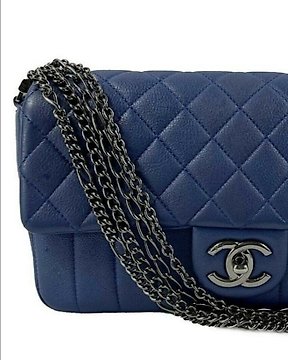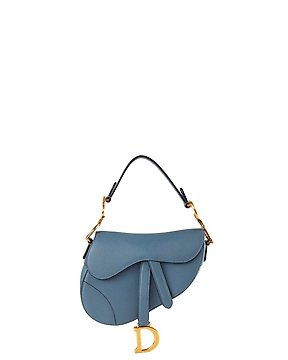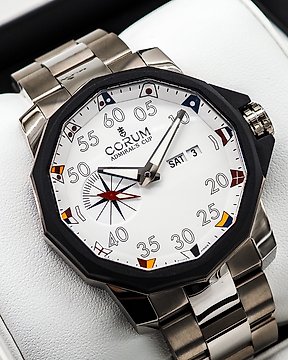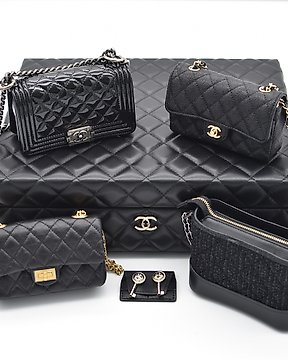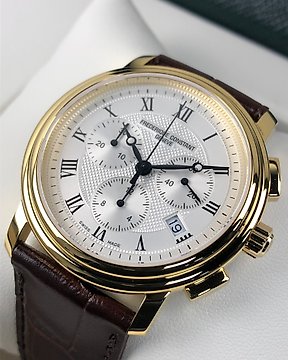Flawless transaction; friendly, good service. Many thanks!
Zobacz tłumaczenieBrązowy, Terakota Wspaniały zestaw 3 malowanych ceramicznych kurczaków, dynastia Han - 11 cm
Nr 85201473
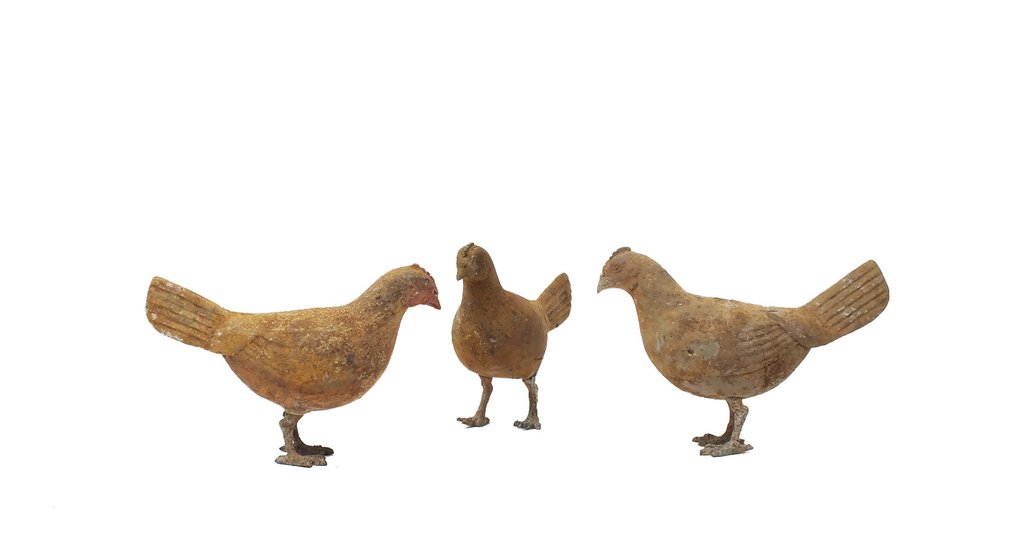

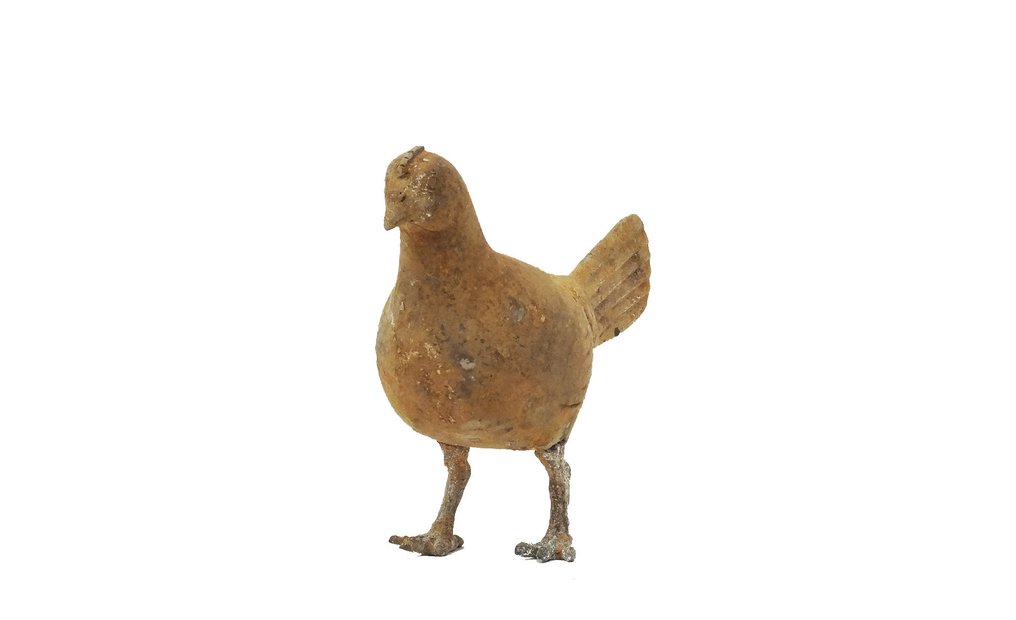

China, Western Han Dynasty
Animal figurines, 206 BC -9 AD
Very Good condition +, with the original pigment (yellow and red)!
Height: 11 cm. Width: 16 cm. each
Provenance:
Asian art market
Private collection Hong Kong
Note: It will be professionally packed and safely sent within 3 working days by FedEx. Shipped with Insurance!
Our Guarantee: The above item is guaranteed to be of the time period and condition as described, has been purchased legally and is legal to buy and sell under all international laws to cultural patrimony.
- All items legal to buy/sell under The Netherlands covering cultural patrimony, and are guaranteed to be as described or your money back.
These chickens, together with dogs and pigs, and the horses, bovines, and goats, represent the six most common domesticated animals in ancient China. Historical texts indicate that tombs were meant to contain a generous supply of the same goods and utensils that served a living person, and this group of earthenware animals may have served as part of the food supply sustaining the emperor in his afterlife.
- Compare very similar pottery Rooster en Hen in the Collection of Han Yang Ling Museum. See photo #35. Discoveries in the accompanying pit, Yangling Mausoleum (Xianyang Province
Shaanxi).
Condition: Wear, old, aged patina, oxidation. The bronze legs from later date, there are made to help the buyer to place the items in very comfortable way. Originally wooden or bronze legs are long gone in the tomb. Very good, preserved condition. Please be advised the pieces are ca. 2000 years old.
Additional Information
The Han dynasty (206 BCE–220 CE)
The Han period saw the gradual abandonment of human immolation. Burial practices were adopted that required a large number of goods accompanying the dead. The result was an increase in demand of mortuary objects made of clay. To make sure that the deceased were well provisioned in the after world, tombs were furnished with rich variety of pottery objects including utilitarian vessels, male and female attendants, livestock, horses and carts, goose, and birds. These objects are fine example of Han pottery sculpture and provide useful information about everyday life of the Han people.
The first pottery to survive in appreciable quantities belongs to the Han dynasty; most of it has been excavated from graves. Perhaps the commonest form is the hu, a baluster-shaped vase copied from bronze vessels of the same name and sometimes decorated with relief ornament in friezes taken directly from a bronze original. The hill jar, which has a cover molded to represent the Daoist “Isles of the Blest,” is another fairly frequent form, and many models of servants, domestic animals, buildings, wellheads, dovecotes, and the like also have been discovered in graves.
Han glazed wares are chiefly of two types. Northern China saw the invention, presumably for funerary purposes only, of a low-fired lead glaze, tinted bottle-green with copper oxide, that degenerates through burial to an attractive silvery iridescence. High-fired stoneware with a thin brownish to olive glaze was still being made in Henan, but the main centre of production was already shifting to the Zhejiang region, formerly known as Yue. Yue ware kilns of the Eastern Han, located at Deqing in northern Zhejiang, produced a hard stoneware, often imitating the shapes of bronze vessels and decorated with impressed, bronze like designs under a thin olive glaze. Other important provincial centres for pottery production in the Han dynasty were Changsha (in Hunan province) and Chengdu and Chongqing (in Sichuan province).[1]
Important information.
The seller guarantees that he is entitled to ship this lot.
It will be professionally packed and safely sent by FedEx.
Buyers are responsible for import regulation and restrictions of their own country
1- britannica
Important information.
The seller guarantees that he is entitled to ship this lot.
It will be professionally packed and safely sent in a wooden crate by FedEx.
Buyers are responsible for import regulation and restrictions of their own country.
Historie sprzedawców
China, Western Han Dynasty
Animal figurines, 206 BC -9 AD
Very Good condition +, with the original pigment (yellow and red)!
Height: 11 cm. Width: 16 cm. each
Provenance:
Asian art market
Private collection Hong Kong
Note: It will be professionally packed and safely sent within 3 working days by FedEx. Shipped with Insurance!
Our Guarantee: The above item is guaranteed to be of the time period and condition as described, has been purchased legally and is legal to buy and sell under all international laws to cultural patrimony.
- All items legal to buy/sell under The Netherlands covering cultural patrimony, and are guaranteed to be as described or your money back.
These chickens, together with dogs and pigs, and the horses, bovines, and goats, represent the six most common domesticated animals in ancient China. Historical texts indicate that tombs were meant to contain a generous supply of the same goods and utensils that served a living person, and this group of earthenware animals may have served as part of the food supply sustaining the emperor in his afterlife.
- Compare very similar pottery Rooster en Hen in the Collection of Han Yang Ling Museum. See photo #35. Discoveries in the accompanying pit, Yangling Mausoleum (Xianyang Province
Shaanxi).
Condition: Wear, old, aged patina, oxidation. The bronze legs from later date, there are made to help the buyer to place the items in very comfortable way. Originally wooden or bronze legs are long gone in the tomb. Very good, preserved condition. Please be advised the pieces are ca. 2000 years old.
Additional Information
The Han dynasty (206 BCE–220 CE)
The Han period saw the gradual abandonment of human immolation. Burial practices were adopted that required a large number of goods accompanying the dead. The result was an increase in demand of mortuary objects made of clay. To make sure that the deceased were well provisioned in the after world, tombs were furnished with rich variety of pottery objects including utilitarian vessels, male and female attendants, livestock, horses and carts, goose, and birds. These objects are fine example of Han pottery sculpture and provide useful information about everyday life of the Han people.
The first pottery to survive in appreciable quantities belongs to the Han dynasty; most of it has been excavated from graves. Perhaps the commonest form is the hu, a baluster-shaped vase copied from bronze vessels of the same name and sometimes decorated with relief ornament in friezes taken directly from a bronze original. The hill jar, which has a cover molded to represent the Daoist “Isles of the Blest,” is another fairly frequent form, and many models of servants, domestic animals, buildings, wellheads, dovecotes, and the like also have been discovered in graves.
Han glazed wares are chiefly of two types. Northern China saw the invention, presumably for funerary purposes only, of a low-fired lead glaze, tinted bottle-green with copper oxide, that degenerates through burial to an attractive silvery iridescence. High-fired stoneware with a thin brownish to olive glaze was still being made in Henan, but the main centre of production was already shifting to the Zhejiang region, formerly known as Yue. Yue ware kilns of the Eastern Han, located at Deqing in northern Zhejiang, produced a hard stoneware, often imitating the shapes of bronze vessels and decorated with impressed, bronze like designs under a thin olive glaze. Other important provincial centres for pottery production in the Han dynasty were Changsha (in Hunan province) and Chengdu and Chongqing (in Sichuan province).[1]
Important information.
The seller guarantees that he is entitled to ship this lot.
It will be professionally packed and safely sent by FedEx.
Buyers are responsible for import regulation and restrictions of their own country
1- britannica
Important information.
The seller guarantees that he is entitled to ship this lot.
It will be professionally packed and safely sent in a wooden crate by FedEx.
Buyers are responsible for import regulation and restrictions of their own country.
Historie sprzedawców
- 47
- 0
- 0
Bel art ! Bien reçu , merci pour tout. Heureux de pouvoir la contempler.
Zobacz tłumaczenieBen zeer content van de verzending en het beeldje is in zeer correcte staat.
Zobacz tłumaczenieDelivered in very safe package
Zobacz tłumaczenieDe verzending is correct verlopen.
Zobacz tłumaczenieDie Anlieferung hat gut und sicher geklappt. Ich bin sehr froh, die Skulptur jetzt in meinen Händen zu halten. Sie passt sehr gut in meine Sammlung ähnlicher Artefakte und ist für mich sehr schön.
Zobacz tłumaczenieconforme merci ++++
Zobacz tłumaczenieErg goed verpakt. Prachtige vaas.
Zobacz tłumaczenieVriendelijke meneer verpakte het object in een ruime doos voorzien van schuimplastic en bolletjesplastic. Hij bracht de doos naar de auto. Het object zelf maakte ons blij en voldeed volledig.
Zobacz tłumaczenieEverything as described: the book, delivery. Just one small eco- remark- please use less plastic and paper when packing a book. Thanks!
Zobacz tłumaczenieMagnifique, objet livré dans mon appartement. Il est splendide Bravo Becker Antiques
Zobacz tłumaczenieVery professionally handled
Zobacz tłumaczenieimpeccable lot livré dans l'appartement et il est remarquable, avec les certificats Bravo
Zobacz tłumaczenieL'antiquaire hollandais qui m'a vendu la très belle paire de chevaux s'est déplacé d'Amsterdam vers la Suisse pour me livrer directement et rapidement mon achat. Il les a transportés soigneusement.
Zobacz tłumaczeniebela peça MUITO BEM EMBALADA. Parabéns
Zobacz tłumaczenieTrès bel objet authentique Envoi très bien protégé et rapide Vendeur sérieux Je donne la note de 10/10 Merci
Zobacz tłumaczenieLa pieza que adquirí, la recibí rota. El envío no se hizo en el embalaje anunciado en la descripción, pero desde Becker han estado dispuestos a ofrecerme una solución y de forma rápida. Gracias
Zobacz tłumaczenieok merci
Zobacz tłumaczenieTrès belle maternité Ashanti, envoi rapide et soigné, vendeur sérieux à recommander.
Zobacz tłumaczeniea fine object, very careful and fast shipping
Zobacz tłumaczenieExcellent object - as described - qualified consulting during pick-up - very friendly .... Peter
Zobacz tłumaczenieall perfect, as usual!
Zobacz tłumaczenieParfait merci A la prochaine
Zobacz tłumaczenie5* parfait merci
Zobacz tłumaczenieQue du bonheur merci
Zobacz tłumaczenie- 47
- 0
- 0
Flawless transaction; friendly, good service. Many thanks!
Zobacz tłumaczenieKlauzula
Sprzedawca gwarantuje i może udowodnić, że przedmiot został nabyty legalnie. Sprzedawca został poinformowany przez firmę Catawiki, że musi dostarczyć dokumentację wymaganą przez przepisy ustawowe i wykonawcze obowiązujące w jego kraju zamieszkania. Sprzedawca gwarantuje i jest uprawniony do sprzedaży/eksportu tego przedmiotu. Sprzedawca przekaże nabywcy wszystkie znane informacje o pochodzeniu przedmiotu. Sprzedawca zapewnia, że wszelkie niezbędne pozwolenia są/zostaną załatwione. Sprzedawca niezwłocznie poinformuje nabywcę o wszelkich opóźnieniach w uzyskaniu takich zezwoleń.
Sprzedawca gwarantuje i może udowodnić, że przedmiot został nabyty legalnie. Sprzedawca został poinformowany przez firmę Catawiki, że musi dostarczyć dokumentację wymaganą przez przepisy ustawowe i wykonawcze obowiązujące w jego kraju zamieszkania. Sprzedawca gwarantuje i jest uprawniony do sprzedaży/eksportu tego przedmiotu. Sprzedawca przekaże nabywcy wszystkie znane informacje o pochodzeniu przedmiotu. Sprzedawca zapewnia, że wszelkie niezbędne pozwolenia są/zostaną załatwione. Sprzedawca niezwłocznie poinformuje nabywcę o wszelkich opóźnieniach w uzyskaniu takich zezwoleń.

